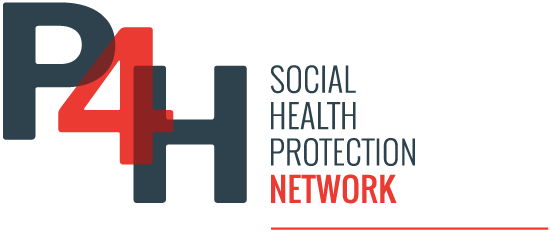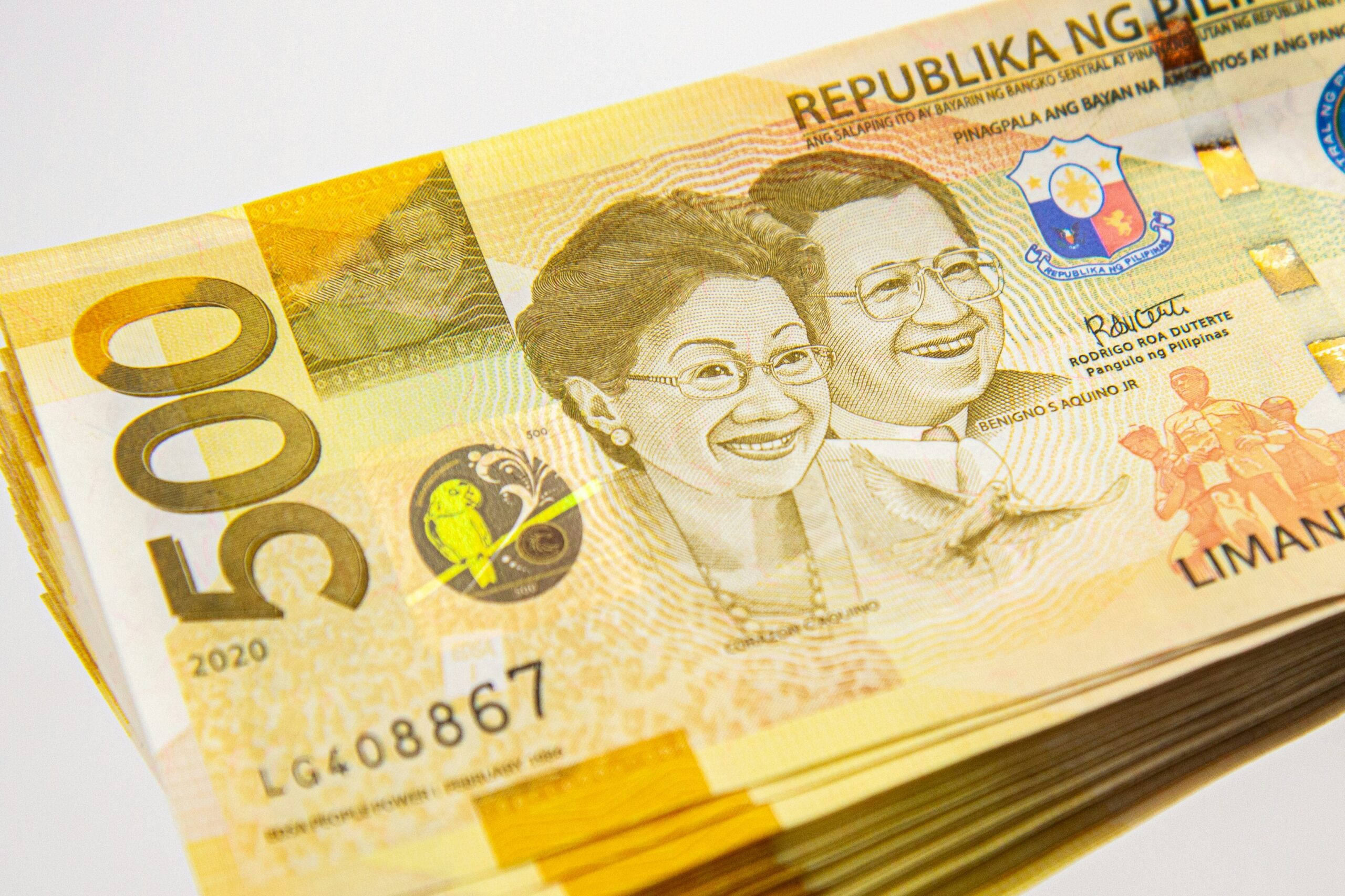The decision to completely cut the government subsidy for PhilHealth has sparked criticism, as the agency faces scrutiny over its significant reserve funds while many Filipinos struggle with rising healthcare costs. With the subsidy elimination, PhilHealth will rely solely on direct contributions and its existing reserves, raising concerns about its commitment to providing adequate health insurance services amidst ongoing public health challenges.
The recent decision to eliminate PhilHealth’s government subsidy, which was approved by the Bicameral Conference Committee as part of the national budget, has faced significant backlash from health advocates and the public. The Php74 billion cut aims to address concerns about the agency’s alleged mismanagement of its finances, leading to the accumulation of around Php600 billion in reserve funds from unspent budgets over the years. President Marcos Jr. has supported this budget reduction, arguing that PhilHealth has sufficient resources to operate in the coming year and that these funds could be redirected to other government services. PhilHealth’s President and CEO Mandy Ledesma stated that the agency would continue to provide health benefits despite the funding cut, citing the agency’s strong financial standing with Php281 billion in reserves and additional surplus funds.
PhilHealth has been under scrutiny even before the subsidy cut proposal, with the Department of Finance (DOF) instructing the agency to return nearly Php90 billion in unutilized subsidies to the Bureau of the Treasury. A portion of this amount has been remitted, but further returns were halted by a Supreme Court temporary restraining order, following opposition from civil society groups. Additionally, PhilHealth faced criticism for a controversial memorandum of agreement linked to a rural health financing initiative and for its significant spending on its anniversary. These controversies raise serious questions about PhilHealth’s ability to meet its mandate of providing adequate health insurance services and spark a broader debate about the reliance on insurance-based financing rather than direct healthcare delivery. While the state rightly addresses concerns over PhilHealth’s large reserves amid rising healthcare costs, the effectiveness of defunding the agency remains questionable.
PhilHealth’s funding comes from both direct and indirect contributions, including premium payments from workers and government subsidies for vulnerable populations. With the subsidy eliminated, PhilHealth will depend on these direct contributions and its existing reserves for operational budgets going forward. The funding sources include sin taxes and contributions from various government-run charitable organizations. Despite accumulating substantial savings, PhilHealth has been criticized for its limited expenditures on health benefit claims, which only accounted for approximately 60% of its total contributions from 2020 to 2023.
This situation suggests that PhilHealth has prioritized maintaining its financial reserves rather than addressing pressing public health needs. The limited growth in health benefit usage, coupled with stagnant out-of-pocket healthcare expenses for Filipinos, highlights a disconnect between the agency’s financial strategy and the healthcare realities faced by the population. Despite its considerable reserves, PhilHealth has yet to significantly alleviate the financial strain on families, showcasing the ongoing issues within the public health system.



